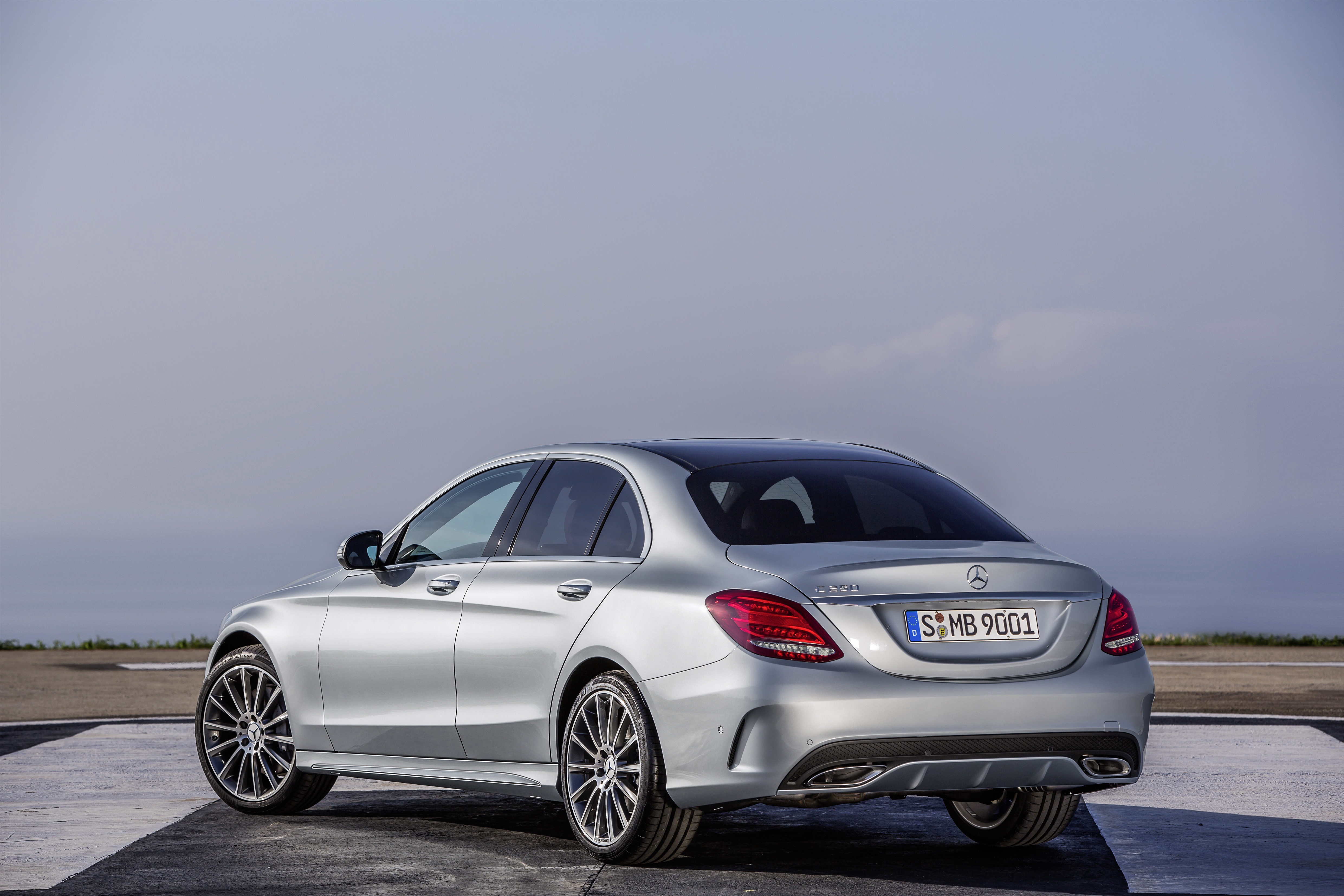Manufacturers often name cars in order of size to keep things simple and recognisable. For example, Audi has its A series comprising of hatchbacks, saloons and estates, and its Q series too (SUVs), and BMW’s models follows a similar format. Sometimes, however, despite the simple structure, the firm has so many offerings that the system can become confusing.
Take Mercedes-Benz. Its cars go alphabetically (with Class added on the end), so in theory, the further down the lettering you go, the larger the vehicle. But then how do you explain the GLC and SL-Class? It can be overwhelming, which is why we have everything laid out for you here.
Although this will be simply focused on standard Mercedes cars, it must be said that the company also offer AMG performance models and are beginning to introduce a range of electrified vehicles under the ‘EQ’ naming, which will only serve to differentiate the overall naming structure further.
Standard models
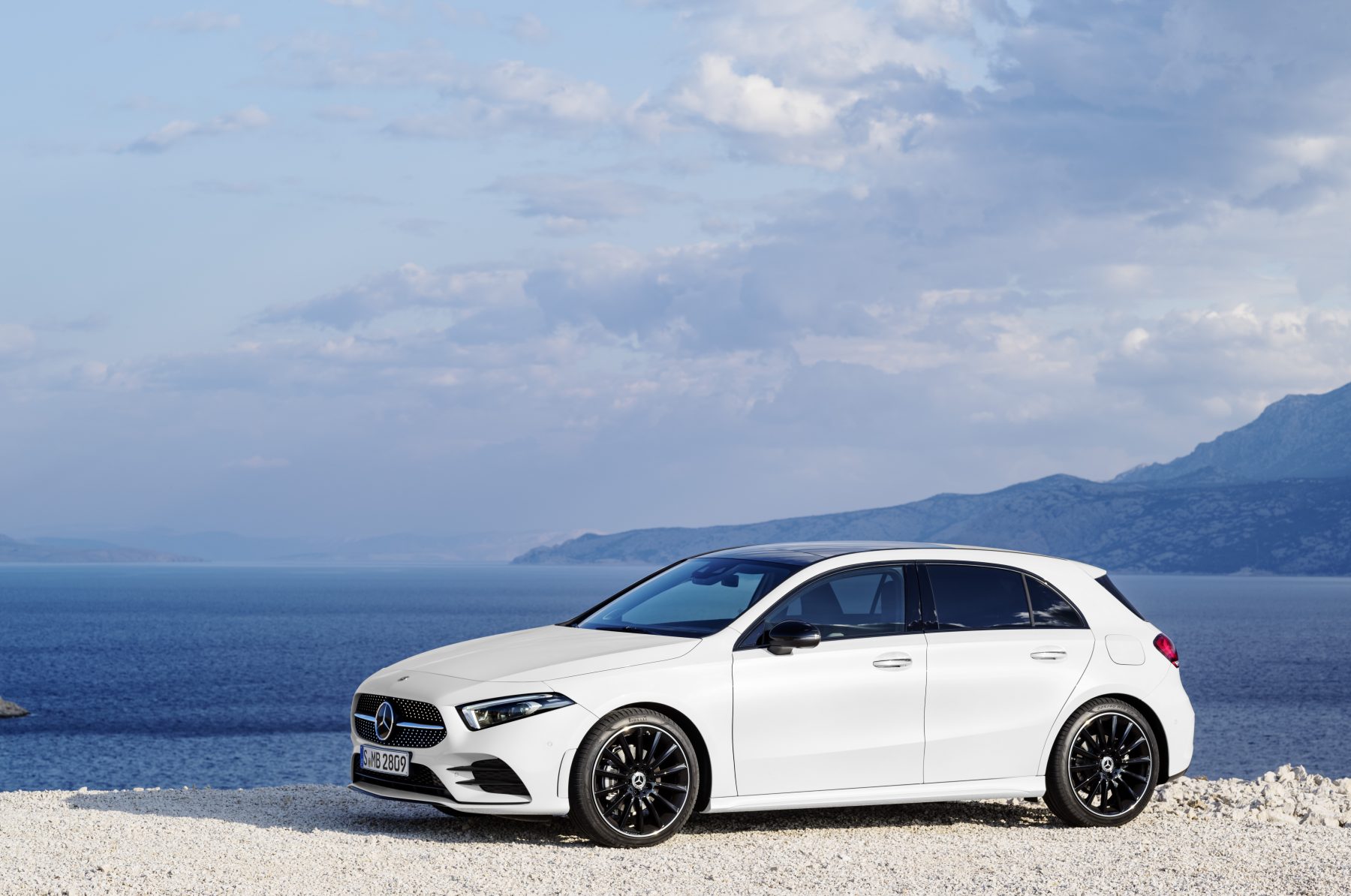
Anything ending in ‘Class’ is just the standard variant of the model. For instance, the A-Class is a hatchback and the smallest car in the range, the B-Class is a slightly larger hatchback, and then you get into the saloons such as the C-Class, E-Class and S-Class – each model bigger than the last.
With the C-Class and E-Class, as well as saloon variants, there are also estate, coupe and convertible versions too, so watch out for that. Another oddball in all this is the G-Class, which is a retro-styled SUV that should have ‘GL’ in its name if it were to follow the rest of the naming structure.
CL
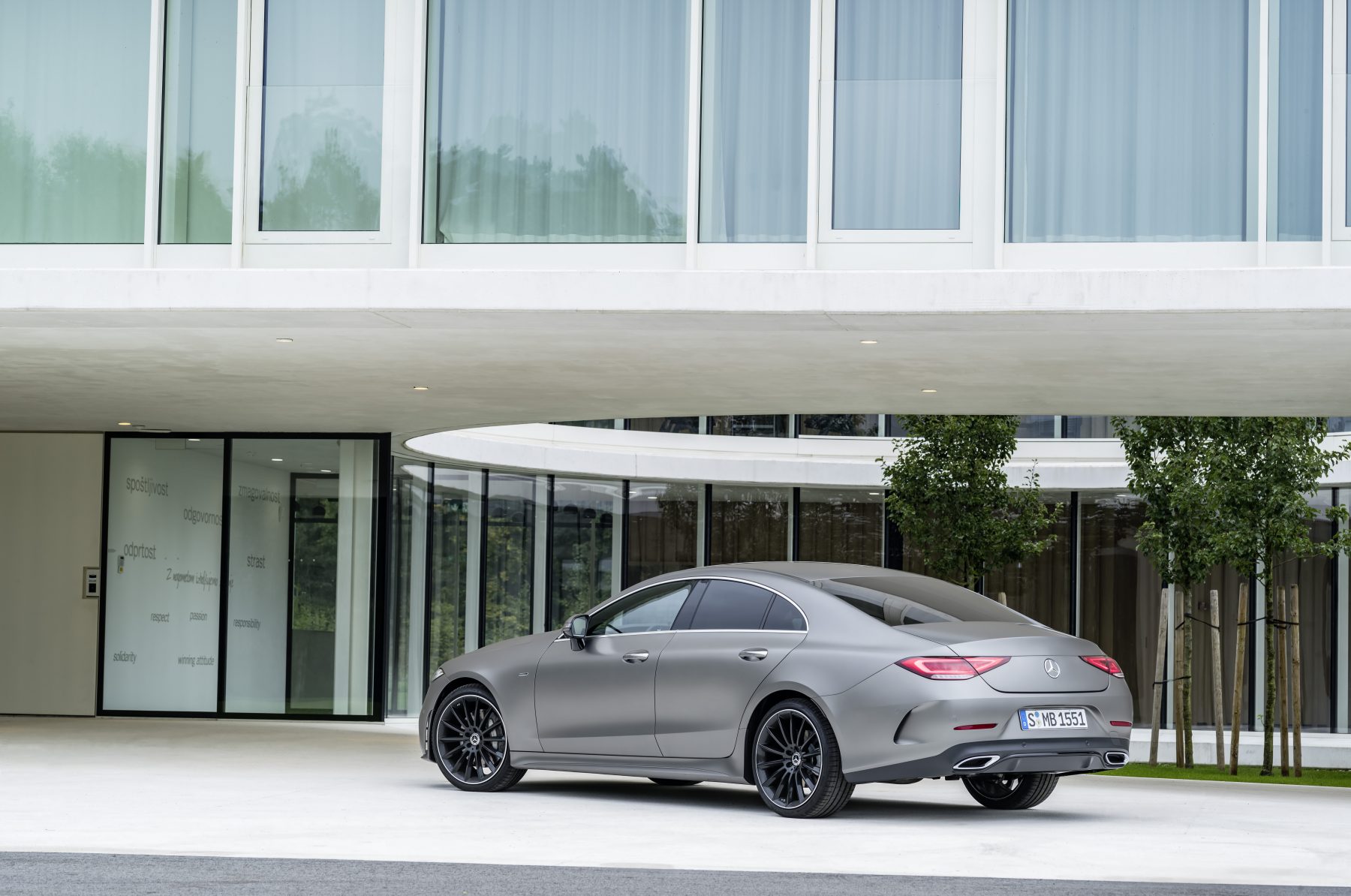
Mercedes-Benz cars badged ‘CL’ before another letter are four-door coupe versions of other cars. The C-Class, E-Class and S-Class Coupes have two doors so aren’t named under the CL umbrella. However, the CLA – the A-Class’s coupe counterpart – follows the structure, as well as the CLS.
There is one thing to mention about the CLA though, and it’s not to mix it up with the A-Class Saloon. These two are fairly similar, but the CLA is a tad sleeker and more of a separate model than a variant of the regular four-door version of the hatchback.
GL
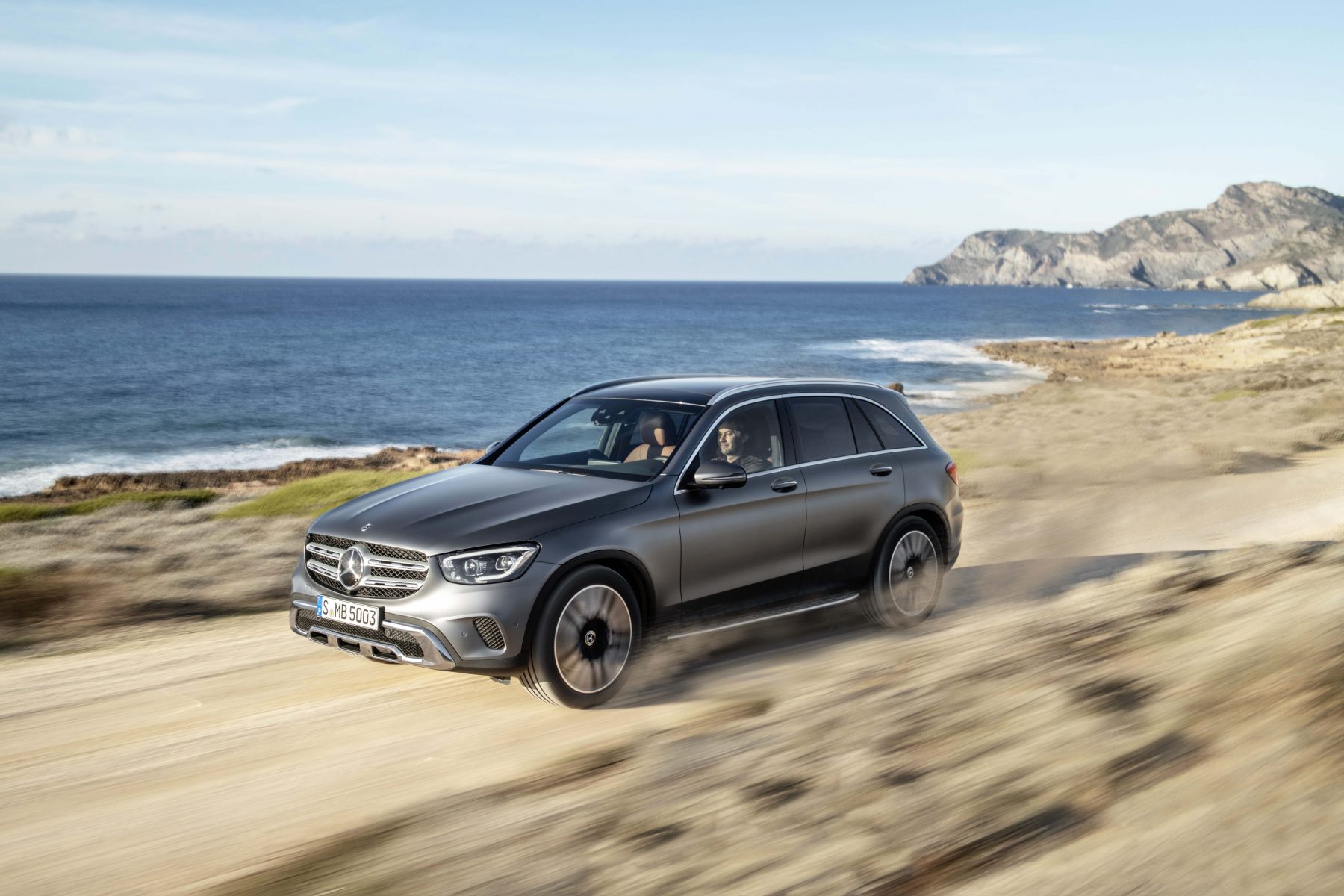
‘GL’ is what Mercedes-Benz gives to its SUVs. Anything with GL before another letter, basically means that it’s an SUV version of the model. For example, the GLE is an SUV based on the E-Class. The same can be said for the GLA, GLC and GLS.
Some of these models can be had as ‘Coupe’ variants as well – these get a sloping roofline that eats into boot space a tad but is considered more stylish. They also aren’t given the CL name like some other four-door coupes in the line-up. Another thing to note is that, like mentioned before, the G-Class is an SUV but doesn’t fall under the GL naming.
SL
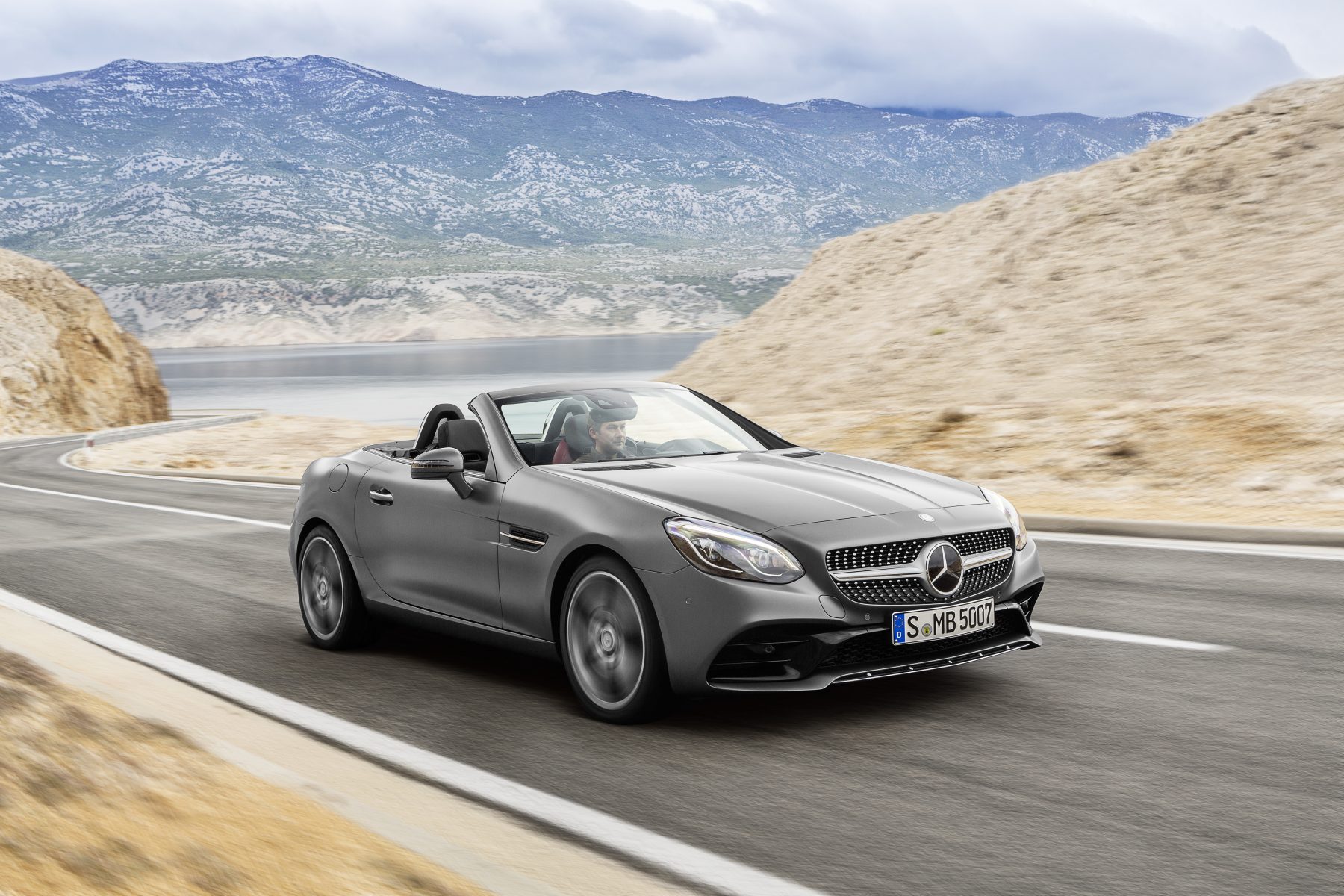
Mercedes gives its roadsters the ‘SL’ title – currently there are just two, the SLC and SL. They’re both two-seat drop tops, with the SLC being smaller one, compared to the lavishly large SL.
Other convertibles like the C-Class, E-Class and S-Class Cabriolets aren’t given the SL name and are four-seaters, so just remember SLs are two seaters, while Cabriolets are four.
Numbering
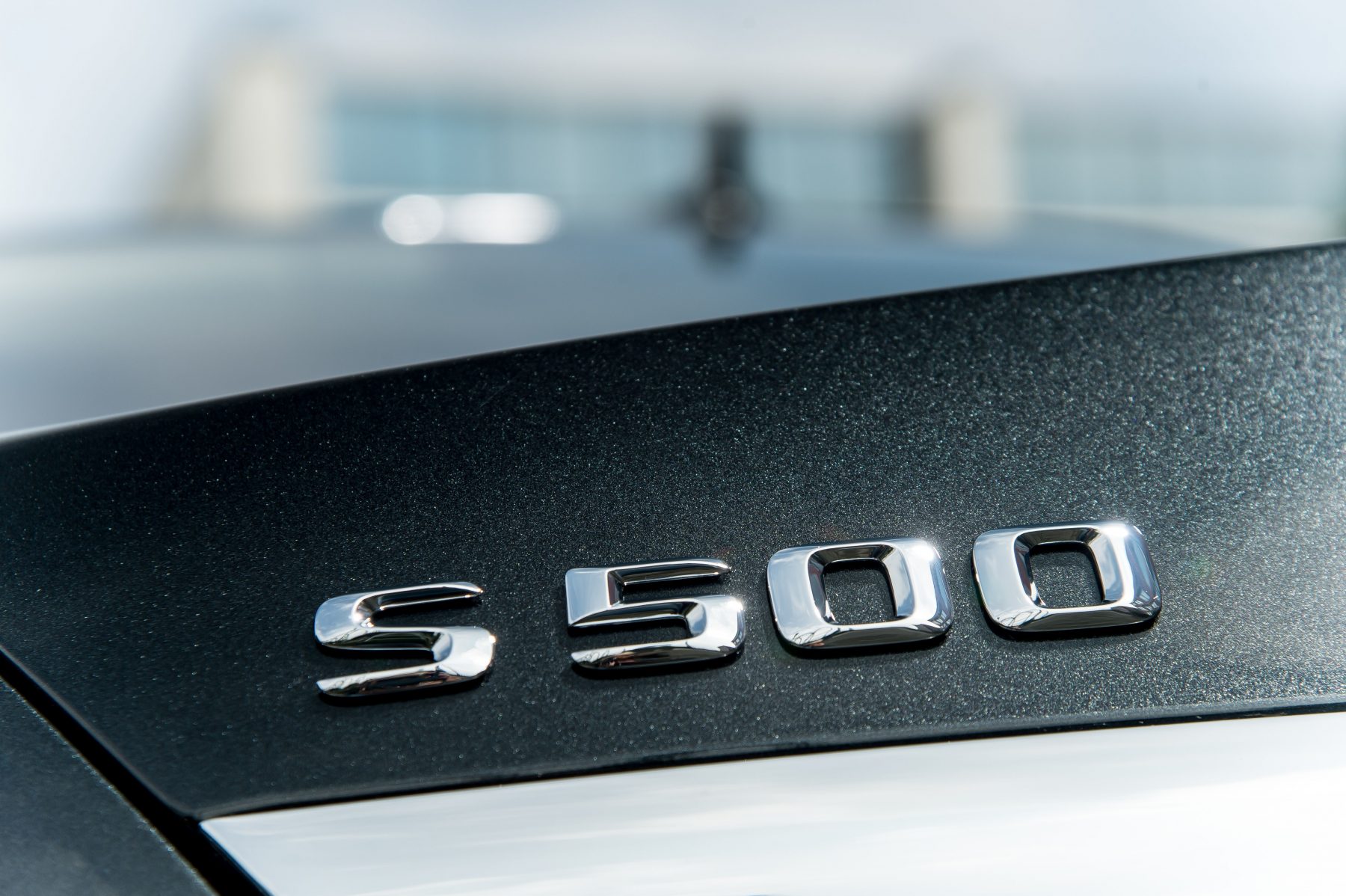
To narrow down the model to its specific model variant, Mercedes uses numbering. These used to relate to the engine’s displacement, such as a car having 200 on the end of its badging meaning there’s a 2.0-litre powerplant under the bonnet. Over the years, however, it’s gotten a bit complicated and things have changed, so you can’t rely on this formula anymore.
An easy way to go about it is just to think the higher the number, the (sometimes) bigger and more powerful the engine. So, an A 250 will be quicker than an A 180 in terms of the A-Class range. The only exception to this is when you get to the AMG models, which go from three digits to two. Finally, if it has a ‘d’ in the name, that means it’s a diesel.
Author: Oliver Young

